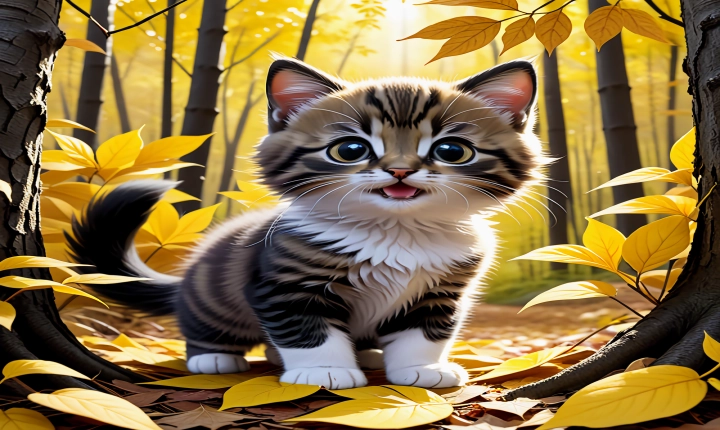Title: Exploring the Intersection of AI and Art: Harnessing Technology to Create Innovative Masterpieces
Art and technology have long been considered separate domains, each with its own unique characteristics and creative processes. However, the advancement of artificial intelligence (AI) has introduced an exciting new frontier where these two worlds converge, offering artists and creators a powerful tool to explore new realms of creativity and innovation.
The potential of AI in the realm of art is vast and multifaceted, with applications ranging from generating original artworks to assisting in the creative process. Here are some ways in which AI can be harnessed to create art:
1. Generative Adversarial Networks (GANs): GANs are a type of AI algorithm that consists of two neural networks trained on a dataset of images. One network generates new images, while the other discriminates between generated and real images. Through this iterative process, GANs can create entirely new and unique artworks, often producing ethereal and surreal compositions that push the boundaries of traditional artistic expression.
2. Style Transfer: AI can be used to apply the style of one artwork to another, resulting in visually captivating and novel pieces of art. By leveraging neural networks, artists can explore different artistic styles and merge them in unexpected ways, resulting in a fusion of aesthetics that can spark fresh inspiration and convey a unique artistic vision.
3. Creative Assistance: AI tools can provide invaluable support to artists by offering automated processes for tasks such as color palette selection, composition recommendations, and even generating initial sketches based on input from the artist. These tools can help streamline the creative process, allowing artists to focus on the conceptual and emotional aspects of their work while AI handles the technical aspects.
4. Data Visualization: AI can be used to transform complex datasets into visually compelling and accessible representations. Whether it’s interpreting scientific data, analyzing social trends, or conveying abstract concepts, AI-powered data visualization tools can create engaging and thought-provoking artworks that communicate information in a visually impactful manner.
As with any emerging technology, the intersection of AI and art presents both opportunities and challenges. While AI can open up new avenues for artistic expression, there are questions surrounding the originality and authorship of AI-generated art. Additionally, ethical considerations regarding the use of AI in art, such as issues of bias in algorithms and the potential for mass production and devaluation of artistic labor, must be carefully addressed.
Ultimately, the integration of AI in art offers a fertile ground for exploration and experimentation, pushing the boundaries of what is possible in the realm of creative expression. By embracing the potential of AI as a creative collaborator, artists can leverage its capabilities to unlock new dimensions of imaginative and innovative art forms.
As AI continues to evolve and shape the future of art, it is crucial for artists, technologists, and society at large to engage in thoughtful discourse and ethical reflection to ensure that the fusion of AI and art remains a force for positive and transformative creativity. In doing so, we can harness the power of AI to enrich the artistic landscape and shape a future where the boundaries between technology and art blur in unprecedented ways.
